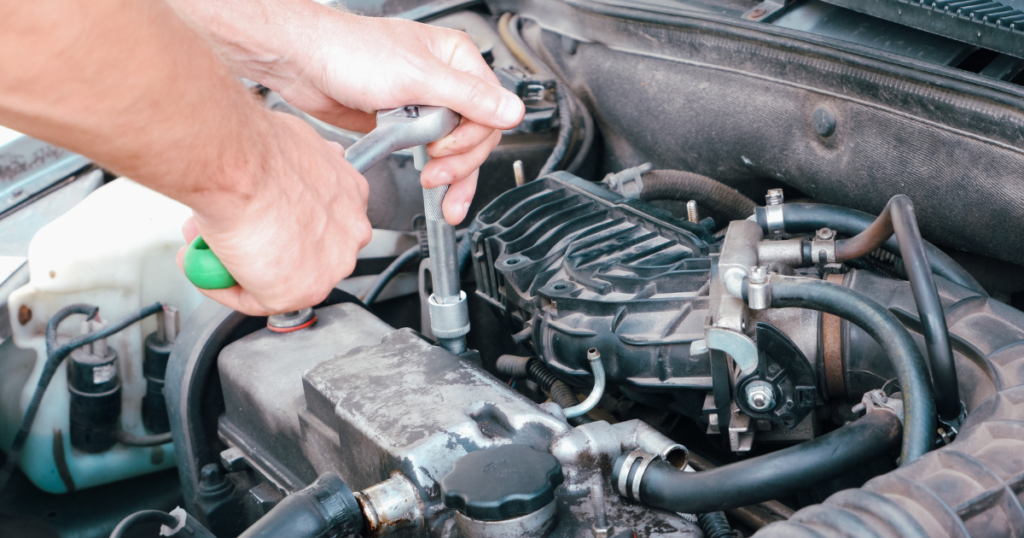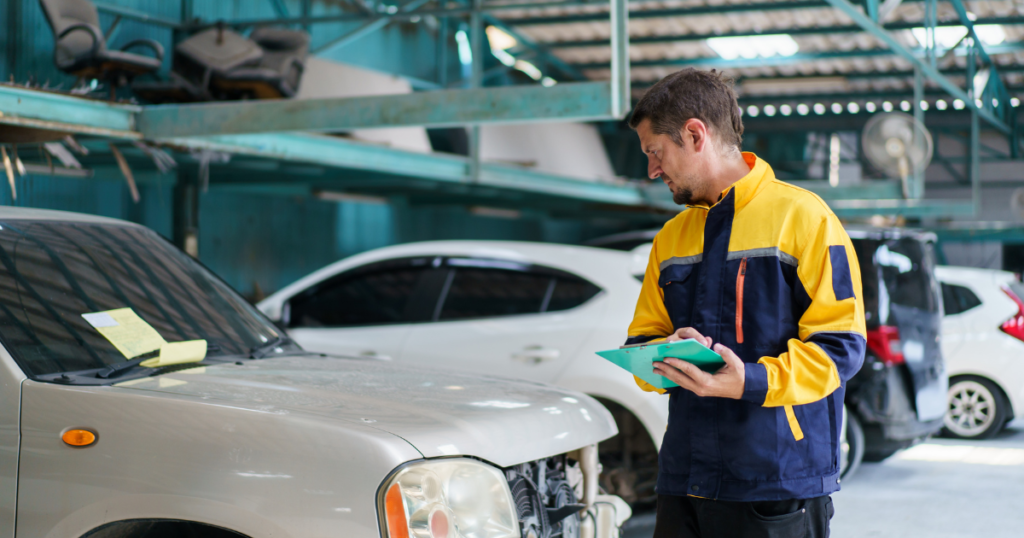Top 10 Tips for Maintaining Your Car: A Comprehensive Guide
Introduction
Maintaining your car is essential for ensuring its longevity, performance, and safety. Regular maintenance and timely troubleshooting can save you money on repairs and keep your vehicle running smoothly. In this comprehensive guide, we provide practical advice on car maintenance, including regular checks, troubleshooting tips, and DIY methods to keep your vehicle in top condition.

1. Regular Oil Changes
Oil is the lifeblood of your engine, and regular oil changes are crucial for maintaining engine health. Fresh oil lubricates engine components, reduces friction, and prevents overheating.
- Frequency: Change your oil every 3,000 to 5,000 miles, depending on your vehicle’s specifications and driving conditions.
- DIY Tip: Learn how to change your oil at home to save money and ensure it’s done correctly.
2. Check and Replace Fluids
In addition to oil, your car relies on various fluids to function correctly. Regularly check and replace these fluids to prevent issues.
- Fluids to Check: Brake fluid, coolant, transmission fluid, power steering fluid, and windshield washer fluid.
- DIY Tip: Use a dipstick to check fluid levels and top up or replace fluids as needed.
3. Inspect Tires Regularly
Proper tire maintenance is essential for safety and fuel efficiency. Regularly inspect your tires for wear and tear and maintain the correct tire pressure.
- Tire Pressure: Check tire pressure monthly and before long trips. Use a tire gauge to ensure it matches the manufacturer’s recommendations.
- Tread Depth: Use a tread depth gauge or the penny test to check for sufficient tread. Replace tires with worn-out tread to ensure proper grip.
4. Check Brakes
Brakes are critical for safety, and regular inspection is necessary to ensure they function correctly.
- Signs of Wear: Listen for squeaking or grinding noises, which indicate worn brake pads. Also, pay attention to any vibrations or reduced braking efficiency.
- DIY Tip: If you’re comfortable, replace brake pads yourself. However, for more complex brake issues, consult a professional.
5. Maintain the Battery
A well-maintained battery ensures your car starts reliably and powers electrical systems.
- Battery Terminals: Keep battery terminals clean and free of corrosion. Use a mixture of baking soda and water to clean them if needed.
- Replacement: Replace your battery every 3 to 5 years or when you notice signs of a weak battery, such as slow engine starts.
6. Inspect Belts and Hoses
Belts and hoses are vital for various engine functions. Regular inspection and replacement prevent breakdowns.
- Check for Wear: Look for cracks, fraying, or wear on belts and hoses. Replace any damaged components promptly.
- DIY Tip: Learn how to replace belts and hoses yourself if you have the right tools and experience.
7. Replace Air Filters
Clean air filters improve engine performance and fuel efficiency. Replace them regularly to keep your engine running smoothly.
- Frequency: Replace air filters every 12,000 to 15,000 miles, or as recommended by your vehicle’s manual.
- DIY Tip: Replacing air filters is a simple task you can do at home with basic tools.
8. Check Lights and Signals
Properly functioning lights and signals are essential for safe driving. Regularly check all lights to ensure they work correctly.
- Lights to Check: Headlights, taillights, brake lights, turn signals, and interior lights.
- DIY Tip: Replace burnt-out bulbs yourself to save on repair costs.
9. Keep Your Car Clean
Regular cleaning not only keeps your car looking good but also prevents rust and damage.
- Exterior Cleaning: Wash your car regularly to remove dirt, grime, and road salt. Wax your car every few months to protect the paint.
- Interior Cleaning: Vacuum and clean the interior to maintain a comfortable and pleasant driving environment.
10. Schedule Regular Inspections
Regular professional inspections help identify and address potential issues before they become serious problems.
- Inspection Frequency: Schedule a comprehensive inspection at least once a year or as recommended by your vehicle’s manufacturer.
- Benefits: Regular inspections can catch issues early, saving you money on repairs and extending the life of your vehicle.

Conclusion
Maintaining your car is essential for ensuring its longevity, performance, and safety. By following these top 10 tips, you can keep your vehicle in top condition and avoid costly repairs. Regular maintenance, timely troubleshooting, and some DIY efforts can go a long way in keeping your car running smoothly. Remember, a well-maintained car not only performs better but also provides a safer and more enjoyable driving experience.
FAQs
1. How often should I change my car’s oil?
You should change your car’s oil every 3,000 to 5,000 miles, depending on your vehicle’s specifications and driving conditions.
2. What are the signs that my brakes need to be checked?
Signs that your brakes need checking include squeaking or grinding noises, vibrations, and reduced braking efficiency.
3. How can I maintain my car’s battery?
Maintain your car’s battery by keeping the terminals clean and free of corrosion. Replace the battery every 3 to 5 years or when you notice signs of a weak battery.
4. How do I check my tire tread depth?
You can check your tire tread depth using a tread depth gauge or the penny test. Insert a penny into the tread with Lincoln’s head upside down. If you can see the top of Lincoln’s head, it’s time to replace the tires.
5. How often should I replace my car’s air filter?
You should replace your car’s air filter every 12,000 to 15,000 miles or as recommended by your vehicle’s manual.
